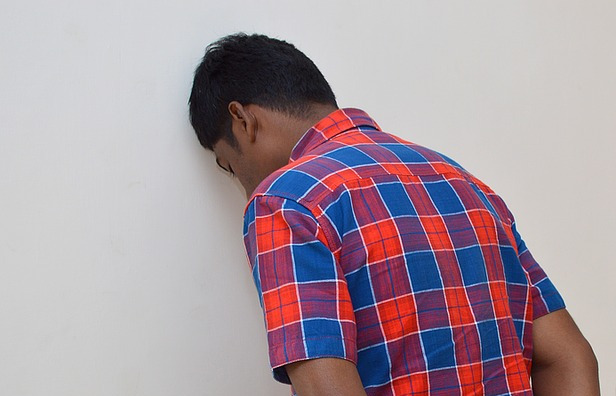What is Dhat Syndrome and its Treatment?
Dhat syndrome is a condition found in the cultures of the Indian subcontinent in which male patients report vague psychosomatic symptoms of fatigue, weakness, anxiety, loss of appetite, guilt, and sexual dysfunction, attributed by the patient to loss of semen in nocturnal emission, through urine or masturbation. Male patients think that they suffer from premature ejaculation or impotence, and believe that they are passing semen in their urine.
Somatic symptoms like weakness, easy fatiguability, palpitations, insomnia, low mood, guilt and anxiety are often present. Males sometimes report a subjective feeling that their penises have shortened. These symptoms are usually associated with an anxious and dysphoric mood state.
The patients who presented with symptoms of Dhat syndrome were mostly young, recently married, belonging to average or low socioeconomic status (perhaps a student, laborer or farmer by occupation), from rural area and from family with conservative attitudes towards sex.
Patients having Dhat syndrome can be further divided into three categories.
- Dhat alone – Patients attributed their symptoms to semen loss; presenting symptoms – hypochondriacal, depressive or anxiety symptoms
- Dhat with comorbid depression and anxiety – Dhat was seen as an accompanying symptom
- Dhat with sexual dysfunction– Erectile dysfunction (22-62%) and premature ejaculation (22-44%) were the most commonly associated psychosexual dysfunctions; while depressive neurosis (40-42%), anxiety neurosis (21-38%), somatoform/hypochondriasis (32-40%) were the most reported psychiatric disorders in the patients having diagnosis of Dhat syndrome.
Young males are most often affected, though similar symptoms have been reported in females with excessive vaginal discharge or leucorrhea, which is also considered a “vital fluid”.
The word “Dhat” derives from the Sanskrit language word dhatu, meaning “metal,” “elixir” or “constituent part of the body” which is considered to be “the most concentrated, perfect and powerful bodily substance, and its preservation guarantees health and longevity.”
Since then, myth prevalent among people of the Indian subcontinent is that “it takes 40 days for 40 drops of food to be converted to one drop of blood, 40 drops of blood to make one drop of bone marrow and 40 drops of bone marrow form one drop of semen.”
Indian doctor Narendra Wig coined the term Dhat syndrome in 1960 and described it as being characterized by vague psychosomatic symptoms of fatigue, weakness, anxiety, loss of appetite, guilt, and sexual dysfunction, attributed by the patient to loss of semen in nocturnal emission, through urine or masturbation.
Knowledge & Attitude to Dhat Syndrome
Regarding composition, majority of patients believed that Dhat consisted of semen, followed by pus, sugar, concentrated urine, infection or “not sure.” Majority considered masturbation and/or excessive indulgence in sexual activities as important causative factor, followed by venereal diseases, urinary tract infections, overeating, constipation or worm infestation, disturbed sleep or genetic factors.
Majority got the information about Dhat syndrome from friends, colleagues or relatives. Fear of semen loss and its cure are propagated by vaids and hakims and advertised everywhere on walls, on television, in newspapers and on roadside hoardings in most of the northern Indian cities. Most of the patients prefer to visit STD clinics, urologists and physicians rather than approach psychiatrists.
Management of Dhat Syndrome
Understanding of Dhat syndrome by Modern Medicine fails to impress most patients. Wig suggested emphatic listening, a nonconfrontational approach, reassurance and correction of erroneous beliefs, along with the use of placebo, anti-anxiety and antidepressant drugs, wherever required. Other group advocated psychoeducation and culturally informed cognitive behavioral therapy. Good response was reported with anti-anxiety and antidepressant drugs as compared to psychotherapy. Depressive symptoms of this syndrome showed effective response to selective serotonin reuptake inhibitors along with regular counseling.
The available intervention studies suggest that the management of Dhat syndrome involves sex education, relaxation therapy and medications. Sex education primarily focuses on anatomy and physiology of sexual organs and their functioning with reference to masturbation, semen, nocturnal emissions. It also involves functioning with genitourinary system independent of gastrointestinal tract, etc. Relaxation therapy mainly consists of Jacobson’s Progressive Muscular Relaxation Technique, which can be combined with biofeedback (so as to facilitate objective evidence and mastering of anxiety by the patient).

